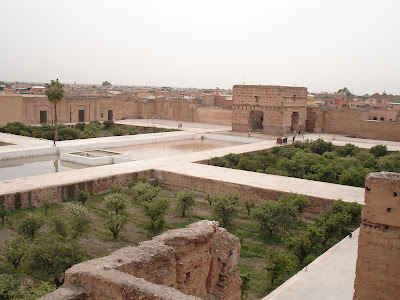I know it’s way past the end of summer. It’s late September – practically
October – and I should be posting fall recipes. Every other blog I’m reading has recipes for pumpkin bread,
apple pie, or hearty stews.
Maybe I wasn't ready to say goodbye to summer, or maybe I
just got behind on my postings.
Whatever it was, I couldn’t let the end of September go by without posting
my favourite Berry Pavlova. And then I promise I will turn the page to fall.
The biggest surprise is how long it’s taken me to post this
recipe, regardless of the season.
As you might guess from the name of this blog, I love meringues, and
I’ve been making this dessert for years.
I’ve been hesitant to post it because meringues are
unpredictable and I didn’t know how the photos would turn out.
I made this pavlova in August, with fresh berries. I generally make it in the summer,
although I’ve also made it for Christmas using frozen berries, with great
results. I often make it with a
mix of blueberries, raspberries and strawberries, but opted for just raspberries this time because I
thought it would look pretty against the checked tablecloth. Because that's the kind of thing you think about when you're making a summer recipe.
Three-Layer Berry and Brown Sugar Pavlova
(recipe from epicurious)
For meringue:
1 cup granulated sugar
1/2 cup packed brown sugar
1 1/2 Tbsp cornstarch
1 1/2 tsp pure vanilla extract
2 tsp distilled white vinegar
3/4 cup egg whites (about 6 large eggs), at room temperature 30
minutes
For berries:
4 pints raspberries
2 Tbsp granulated sugar
For cream:
1 cup chilled heavy cream
1/3 cup chilled sour cream
To make meringues:
Preheat oven to 275 degrees with rack in middle. Lightly butter 3 - 8” or 9” round cake
pans, and line bottoms with a round of parchment paper.
Combine sugar, brown sugar and cornstarch in a small bowl
and set aside.
In another small bowl, stir together vanilla and vinegar.
Beat egg whites with a pinch of salt using an electric mixer
at medium speed until they hold soft peaks. Increase speed to medium-high and add sugar mixture 1 Tbsp
at a time. After all sugar has
been added, beat one minute more.
Add vinegar mixture, then beat at high speed until meringue is glossy
and holds stiff peaks, about 5 minutes.
Spoon meringue into pans and smooth tops.
Bake about 1 hour.
Turn oven off and prop door open slightly with a wooden spoon. Cool meringues in oven one hour. Meringues may sink slightly and crack
while cooking.
Run knife along sides of cake pans and carefully turn
meringues out of pans. Carefully
peel off parchment, and turn right side up.
To macerate fruit:
Toss berries with sugar and let stand at room temperature
until ready to use, up to one hour.
Assemble dessert:
Beat heavy cream using an electric mixer
until it just holds soft peaks. Add sour cream and mix until just combined. Put one meringue on a serving plate and spread one third of whipped
cream over it. Spoon one third of
fruit over top. Repeat with
remaining meringues, cream and fruit.
Best served immediately.





























